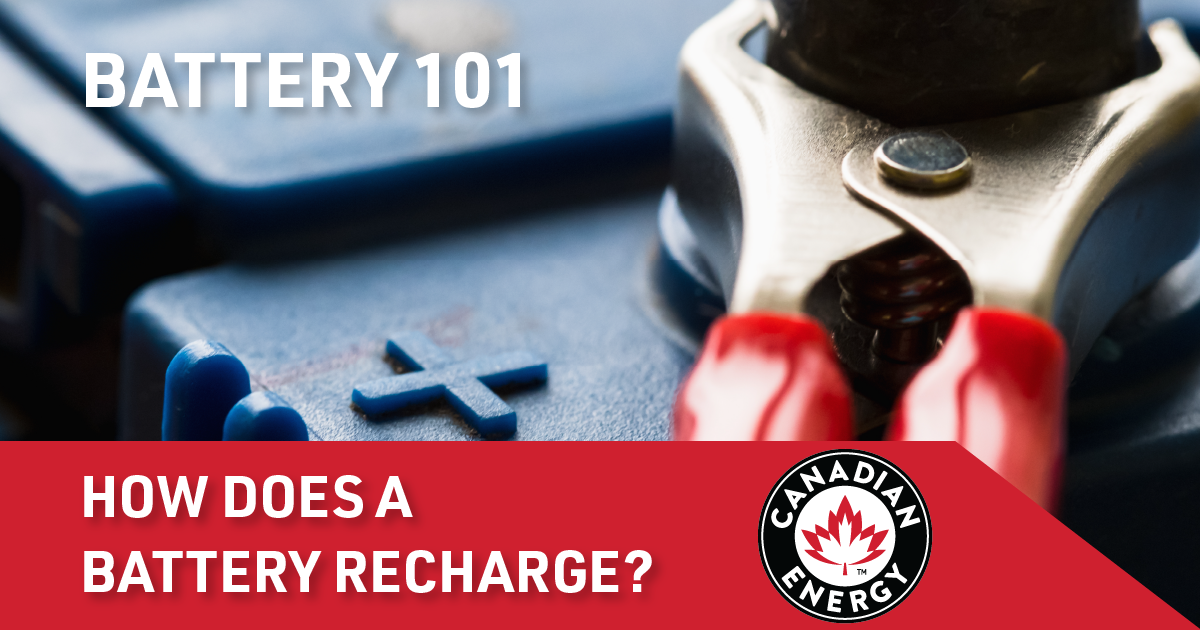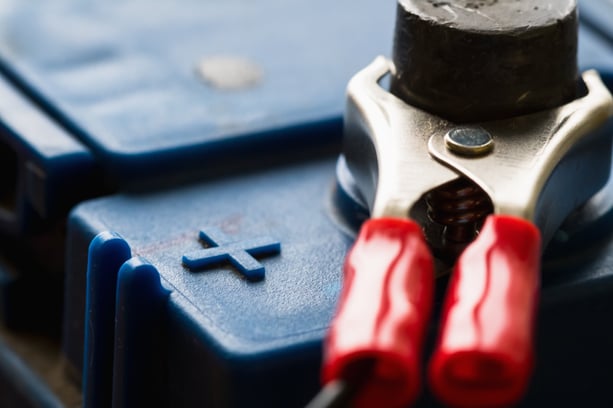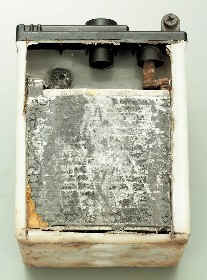How Does a Battery Recharge?


The recharging process is the same for all types of lead-acid batteries: FLOODED, GEL, and AGM.
The actions that take place during discharge are the reverse of those that occur during charging.
The discharged material on both plates is Lead Sulfate (PbSO4). When a charging voltage is applied, charge flow occurs. Electrons move in the metal parts, and ions and water molecules move in the electrolyte.
Chemical reactions occur at both the positive and negative plates, converting the discharged material into charged material. The material on the positive plates is converted back to lead dioxide (PbO2), and the material on the negative plates is converted back to Lead (Pb) during charge.
Sulfuric acid is produced at both plates, and water is consumed at the positive plate. If the voltage is too high, other reactions will also occur; oxygen is ripped from water molecules at the positive plates and is released as a gas, and hydrogen gas is released at the negative plates unless oxygen gas can reach the negative plates first and "recombine" into H2O.
A battery will "gas" near the end of charge because the charge rate is too high for the battery to accept. A temperature-compensating voltage-regulating charger, which automatically reduces the charge rate as the battery approaches a fully-charged state, eliminates most of this gassing. It is extremely important not to charge batteries for long periods of time at rates which cause them to gas because they use water which cannot be replaced in sealed valve-regulated lead-acid batteries. No battery should be overcharged for long periods of time, even at low rates using "trickle charges".
In a fully charged battery, most of the sulfate is in the sulfuric acid. As the battery discharges, some of the sulfate begins to form on the plates as lead sulfate (PbSO4). As this happens, the acid becomes more diluted, and its specific gravity drops as water replaces more of the sulfuric acid.

A fully discharged battery has more sulfates in the plates than in the electrolyte. Any battery left in this discharged state or continually undercharged will prematurely fail. This failure condition is often referred to as sulfation.
Check out Canadian Energy’s extensive selection of batteries: https://www.cdnrg.com/batteries
Or come into your nearest branch to ask what works best for you and your vehicle: https://www.cdnrg.com/locations/branches
